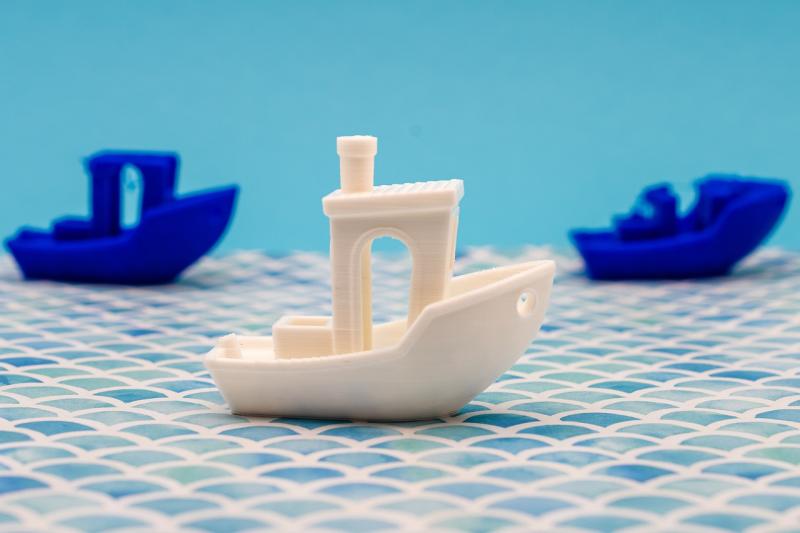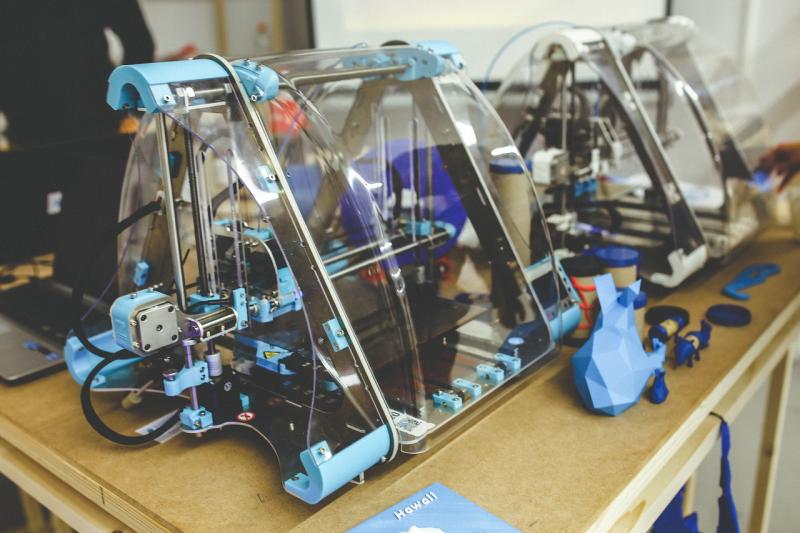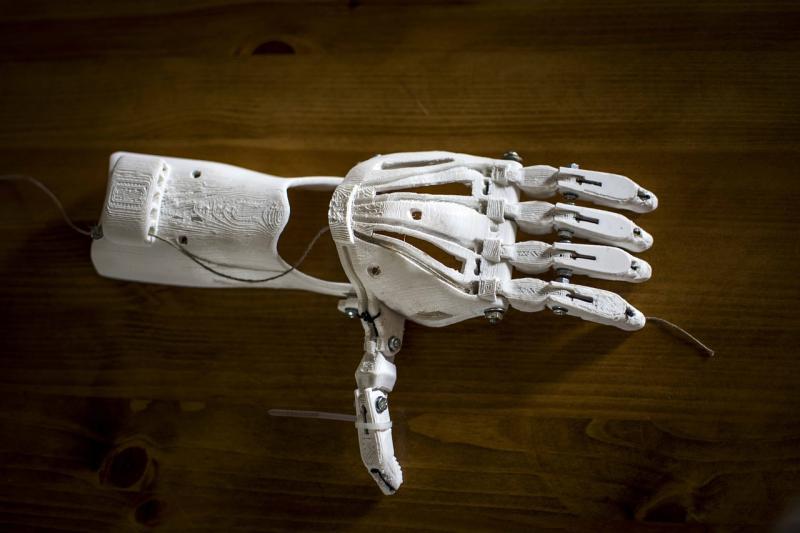3D printing is shaking things up for startups, and for good reason! If you’re entering the world of small business, it offers a unique way to bring your ideas to life without breaking the bank. With just a 3D printer, you can quickly design and create prototypes, which means you can get your products to market sooner than traditional manufacturing methods.
Another cool perk of using 3D printing is the ability to customize your products easily. Whether you’re making accessories, home decor, or even custom tools, you can tweak your designs to suit customer needs on the fly. This flexibility can set you apart from the competition, allowing you to offer something unique that your target audience will love.
Don't forget the cost savings! 3D printing typically reduces waste since you’re only using the materials needed for your design. Plus, you can print small batches without a huge upfront investment. This means you can focus on quality and innovation instead of draining your budget on large production runs.
Lastly, 3D printing can speed up your entire product development process. Instead of waiting weeks for prototypes, you can have them ready in just a few hours. This quick turnaround allows you to test ideas, gather feedback, and make improvements without lengthy delays. It’s like having your own little workshop right at your fingertips!
Choosing the Right 3D Printer for You
Choosing the right 3D printer can feel overwhelming, but it doesn't have to be! The first thing to consider is what you'll be printing. Are you looking to create prototypes, custom gifts, or maybe even replacement parts? Different printers excel at different tasks, so knowing your end goal is key.
Next, think about the size of your projects. If you’re planning to work on larger items, you'll want a printer with a bigger build volume. But don’t forget that larger printers can take up more space, too. Measure your workspace and make sure the printer will fit comfortably.
Budget is another big factor. 3D printers can range from budget-friendly options to high-end machines. It's essential to find a balance between what you can afford and the features you need. Research some models, read reviews, and consider what will give you the best value for your money.
Lastly, consider the ease of use. Some printers require more technical know-how than others. If you're new to 3D printing, a user-friendly model with good customer support might be the best choice. Look for features like an easy setup, straightforward controls, and a solid community or resources for troubleshooting.
Easy First Steps to Get Started
Starting your small business with a 3D printer can be super exciting! If you’re unsure where to begin, no worries. Let’s break it down into simple steps to get you on your way.
1. Do Your Research: Before diving in, take some time to explore the 3D printing world. Check out different types of 3D printers and materials. This will help you choose the right machine that fits your business idea, whether you're into making products, prototypes, or custom designs.
2. Create a Business Plan: Think about what you want to achieve with your 3D printer. Will you sell products online? Local markets? Jot down your ideas, target customers, and how you plan to turn your passion into profit. A solid plan can help guide your steps.
3. Invest in the Right Equipment: Once you have a plan, it’s time for the fun part—shopping! Look for a reliable 3D printer that suits your needs and budget. Don’t forget to check reviews and community feedback. Components like filament and design software are also key, so keep that in mind as you shop.
4. Start Small and Experiment: Begin with simple projects to get the hang of your printer. Try making small items that you can sell or give away to friends and family. This will help build your confidence and skills while you learn the ins and outs of your machine.
Tips for Growing Your 3D Printing Business
Growing your 3D printing business can be an exciting journey, but it also comes with its own set of challenges. Here are some handy tips to help you scale your operations and reach more customers.
1. Know Your Market
2. Showcase Your Work
3. Offer Custom Solutions
4. Keep Learning



